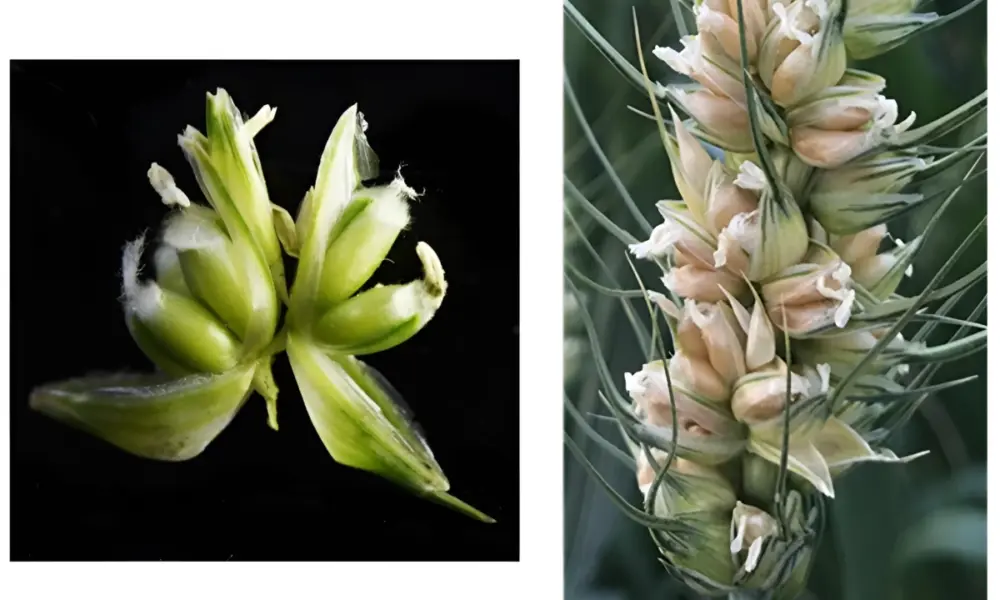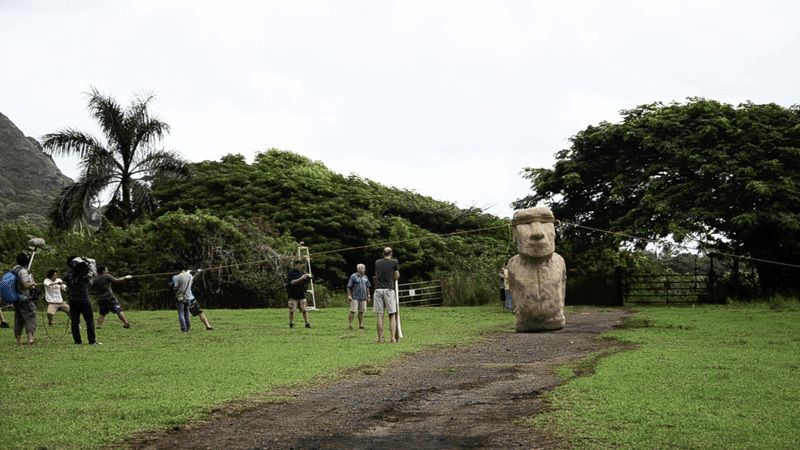Researchers have made a groundbreaking discovery by recovering ancient RNA from a juvenile mammoth named Yuka, who died approximately 40,000 years ago in what is now Siberia. This remarkable find offers a unique glimpse into the final moments of this extinct ice age creature’s life, providing insights into the biological processes occurring at the time of its death.
The RNA was meticulously extracted from well-preserved mummified leg tissue found in permafrost, marking it as the oldest RNA to be sequenced to date. The study, published in the scientific journal Cell, aims to elucidate which genes were actively expressed in Yuka’s cells when she passed away.
Revolutionizing Understanding of Ancient Life
Love Dalén, a professor of evolutionary genomics at the Centre for Palaeogenetics at Stockholm University, explained that all cells in an organism contain the same DNA. The differences among cell types arise from the activity of RNA, which regulates gene expression. He stated, “It’s about how which genes are turned on and turned off in different cell types.” This research paves the way for a deeper understanding of ancient organisms.
While ancient DNA has been studied extensively, providing insights into life forms that existed over a million years ago, RNA was previously considered too fragile to survive for long periods. This breakthrough raises questions about the potential for studying RNA from other ancient specimens, although the research team cautioned that the technique’s effectiveness on less-preserved samples remains uncertain.
During their investigation, the team analyzed ten samples of frozen mammoth tissue, including muscle and skin. Out of these, only three yielded RNA fragments, with Yuka’s sample being the most informative. This sample revealed a variety of messenger RNA molecules, crucial for protein coding, and microRNA, which plays a role in gene regulation. Emilio Mármol Sánchez, the study’s lead author and a postdoctoral researcher at the Globe Institute at the University of Copenhagen, mentioned that their findings shed light on the biological processes occurring in Yuka’s cells just before her demise.
Biological Insights into the Mammoth’s Death
The data indicated that Yuka was likely nearing death, as evidenced by changes in her muscle metabolism. The study highlighted a predominance of slow-twitch muscle fibers in the tissue, suggesting that the mammoth was experiencing its “final pulses.” Notably, proteins such as titin, which is associated with muscle elasticity, and nebulin, involved in skeletal muscle contraction, were identified as active at the time of death.
Marc Friedländer, an associate professor at Stockholm University’s Wenner-Gren Institute, emphasized the significance of their findings, stating, “The muscle-specific microRNAs we found in mammoth tissues are direct evidence of gene regulation happening in real time in ancient times.” This accomplishment marks a significant advancement in the study of ancient RNA.
Experts in the field are optimistic about the implications of this research. Erez Lieberman Aiden, a professor at the University of Texas Medical Branch, noted that the ability to detect tissue-specific gene expression is quite impressive and reflects the potential for future discoveries in ancient biology.
Dalén expressed enthusiasm for the methods developed in this study, suggesting they could open new avenues for scientific inquiry. He anticipates that as research progresses, the techniques for recovering RNA will improve, enabling more extensive studies of ancient life.
This approach could also facilitate research into ancient viruses, many of which exist solely in RNA form, including pathogens that have shaped human history. Furthermore, the methods might contribute to initiatives aiming to resurrect extinct species, such as those being pursued by Colossal Biosciences, a biotechnology company focused on genetic editing to recreate species like the mammoth, dodo, and Tasmanian tiger.
While the recovery of Yuka’s RNA is a significant milestone, it is not the first instance of ancient RNA being sequenced. In 2023, Mármol Sánchez led a study that sequenced RNA from a 130-year-old Tasmanian tiger, and in 2019, RNA was extracted from the skin of a 14,300-year-old wolf preserved in permafrost. Additionally, RNA has been detected in the tissue of Ötzi the Iceman, a 5,300-year-old mummy.
Aiden remarked that while this research is a “significant step forward,” it remains to be seen whether RNA will become as valuable a resource as DNA for understanding extinct organisms. He likened the current moment to being a guest at a wedding, uncertain of the future happiness of the marriage.
This discovery not only enhances our knowledge of mammoths but also sets the stage for further exploration into the genetic history of ancient life forms, offering a promising glimpse into the past.







